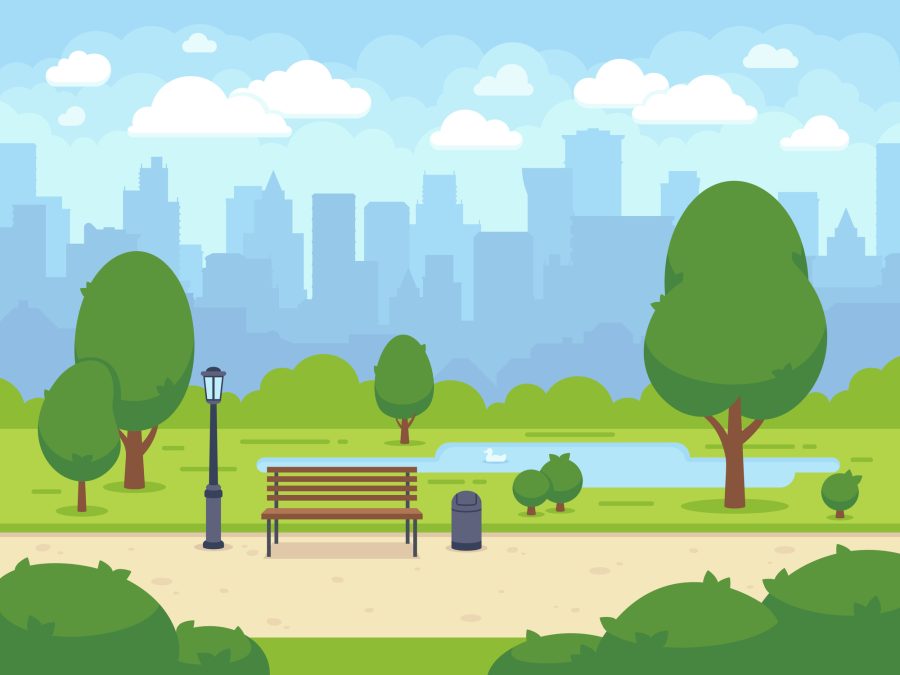Plan Will Put Everyone in England Within 15 minutes of Green Space – But What Matters is Justice Not Distance

Julian Dobson
How long does it take you to walk to your nearest park, woodland, lake or river? If it takes more than 15 minutes, according to the UK government’s new environmental improvement plan for England, something needs to be done about it. It says 38% people in England don’t have a green or blue space within a 15-minute walk of their home.
The plan promises a “new and ambitious commitment to work across government and beyond” to provide access to local green and blue spaces. It recognises the importance of connecting with nature, and that time spent outdoors is good for physical and mental health.
That’s a message researchers have been underlining for years, as a recent evidence review shows, and it has been amplified by COVID-19, which showed the importance of local green and blue spaces for wellbeing.
But the plan’s laudable ambitions overlook the ways our experiences of the outdoors are shaped by privileges of wealth and health.
If you live in a disadvantaged area, your local green space may be further away from your home, or you might have to share it with more people. As the campaign group Fields in Trust pointed out in a 2022 report, this is a question of justice.
However, there’s more to justice than the amount of space you have to share with others, or how long it takes you to get there. It’s also about how you feel and what you can do when you get there.
My own research highlights some key questions we need to ask if we’re to protect and improve our green spaces for future generations. Questions such as “Do I feel welcome here?” “Does this space meet my needs?” or “Do I get a say in how it is looked after?” highlight the fact that access is a matter of equality and democracy.
Some green spaces are greener than others
There are three key aspects of green and blue spaces that should be considered, and invested in, if the environmental improvement plan is to be more than wishful thinking.
First, not all green and blue spaces are the same or provide the same benefits. The qualities of a football pitch are very different from those provided by a woodland walk along a stream.
Lumping them all together as “green and blue spaces” overlooks the need for a variety of spaces within easy reach to meet local people’s needs for physical and mental wellbeing.
Second, not all spaces are equally well looked after. Spaces that are fly-tipped or associated with antisocial activities can feel intimidating, especially after dark.
Green and blue spaces in disadvantaged areas need more care, and that requires time and money. As Public Health England noted, access to good quality green spaces is worse in more disadvantaged areas.
Third, simply being in a space won’t necessarily bring you all the benefits a space can offer. For people suffering from anxiety or depression, for example, more structured activities might be more helpful.
This could include time spent on rivers or allotments as part of the government’s pilot plan to tackle mental ill health by prescribing time in nature.
Be like Birmingham
In Birmingham, the local authority isn’t content with trumpeting the merits of its 600 parks. Instead, the city has developed a city of nature plan (I was part of a team that evaluated it).
At the heart of its approach is the idea of environmental justice, which it defines as “the fair treatment and meaningful involvement of all people regardless of race, colour, national origin, or income, with respect to the development, implementation and enforcement of environmental laws, regulations, and policies”.
To apply environmental justice to the city’s green spaces, Birmingham Council has assessed each of its 69 electoral ward in terms of access to green space of two hectares (about three football pitches) or more within 1,000 metres, as well as flood risk, urban heat island effects, health inequalities and deprivation.
Through this work, it has identified 13 of its 69 wards which are most in need of investment to reach a new “fair parks standard”. These mainly central areas have less accessible green space, are more at risk of flooding and urban heating, and are more deprived.
Starting with a pilot programme in Bordesley & Highgate Ward (setting for the BBC series Peaky Blinders), the plan is then to invest in a further five priority areas in central and east Birmingham: Balsall Heath West, Nechells, Gravelly Hill, Pype Hayes and Castle Vale.
This is the kind of approach that could guide investment in many other cities. It links funding with equalities and brings together climate change, public health and community issues. It shows that quality and equity can’t just be boiled down to the distance between your home and the nearest park.
The challenge now is to learn from Birmingham’s pioneering approach and apply similar principles elsewhere. At its best, this work can be used to highlight the challenges not only of applying resources equitably, but of ensuring the resources are there in the first place, an issue the environmental impact plan rather predictably glosses over.
This article is republished from The Conversation under a Creative Commons license. Read the original article.
